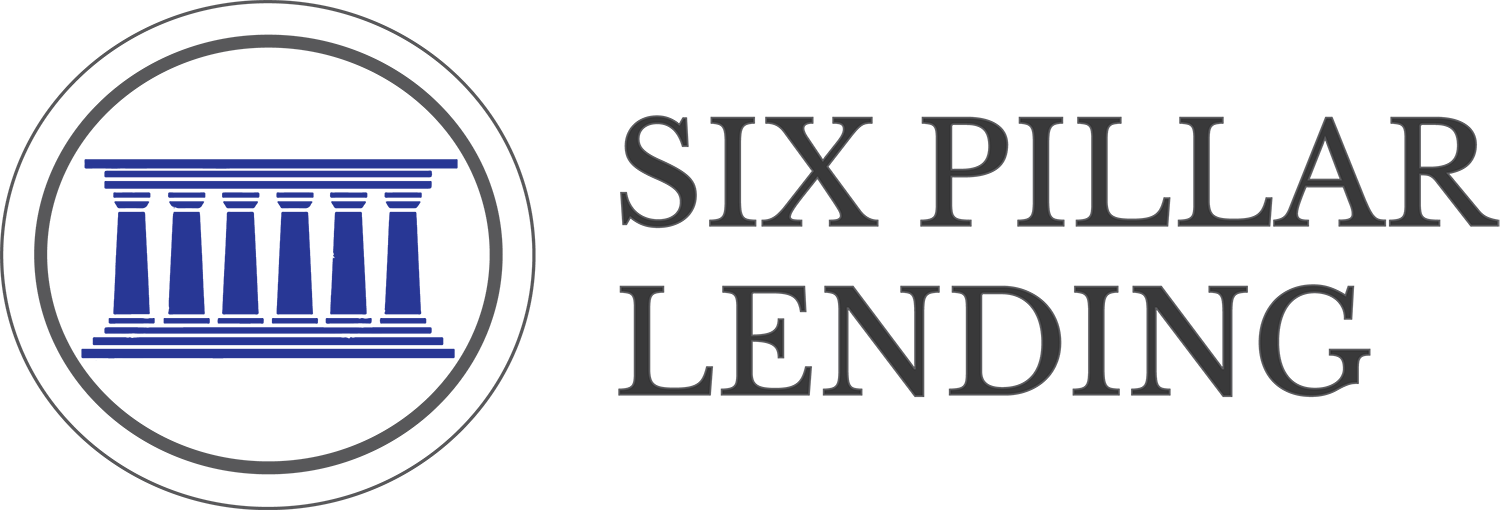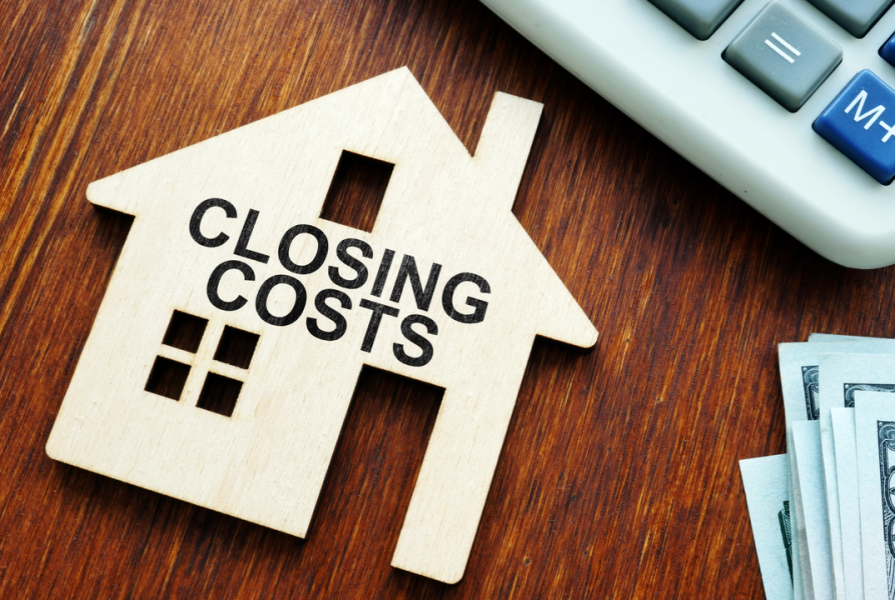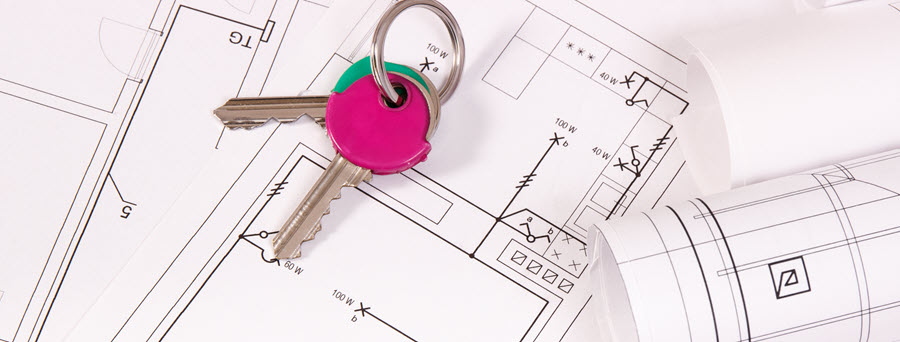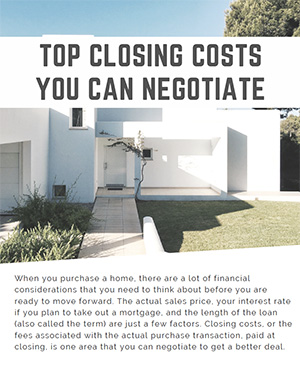Navigating the landscape of mortgage rates can be a daunting task for potential homeowners. Understanding…
Unraveling Mortgage Closing Costs: Insights into What are Closing Costs
Navigating the complex world of mortgages can be a daunting task for any prospective homeowner. Among the many considerations is the understanding of mortgage closing costs. These costs, often overlooked, can significantly impact the overall expense of acquiring a home. In this article, we’ll delve deep into what mortgage closing costs entail, explore the typical closing costs on mortgages, and examine the loan types that allow borrowers to roll these costs into the mortgage.
What are Closing Costs?
Mortgage closing costs refer to the expenses, over and above the price of the property, that buyers and sellers incur to complete a real estate transaction. These costs encompass various fees and charges related to the mortgage transaction, payable at the closing, the final step in executing the home-buying process.
Typical Closing Costs:
- Application Fee: This fee covers the cost for the lender to process your application.
- Origination Fee: Lenders charge this fee for underwriting and preparing your mortgage loan.
- Credit Report Fee: The lender assesses this fee to pull your credit report from one or more credit reporting agencies.
- Appraisal Fee: This fee pays for the home appraisal, which is a necessary step to determine the value of the property you are purchasing.
- Title Search and Title Insurance: These fees cover the cost of searching the property’s records to ensure you are the rightful owner and to buy insurance to protect the lender in case a problem is discovered.
- Survey Fee: If a property survey is required, this fee will be applied to determine the property boundaries.
- Escrow Deposit: You may be asked to put down two months of property tax and mortgage insurance payments at closing.
- Recording Fees: These fees may be charged by your local city or county to record mortgage documents into the public record.
- Prepaid Interest: Most lenders will ask you to prepay any interest that will accrue between closing and the date of your first mortgage payment.
- Discount Points: Buyers can pay these fees to reduce the interest rate on the loan.
These are just a few examples; the exact costs can vary depending on the location, property, and the type of loan you choose.
Rolling Closing Costs into the Mortgage
For borrowers looking to minimize out-of-pocket expenses, some mortgage types allow the inclusion of closing costs into the loan amount. This approach, while reducing upfront costs, may result in higher monthly payments and overall loan cost due to the accruing interest on the additional amount financed.
Conventional Loans:
-
- Lender-Paid Closing Costs: Also known as a “no-closing-cost mortgage”, the lender covers the closing costs, but typically at a higher interest rate on the loan.
- Seller Concessions: The buyer and seller can negotiate so that the seller agrees to cover part or all of the buyer’s closing costs.
The Federal Housing Administration (FHA) permits borrowers to include closing costs in the mortgage under specific conditions. The property’s appraised value must be higher than the purchase price, allowing for the financing of the closing costs.
Veterans Administration (VA) loans offer flexible options for eligible military borrowers. The seller, lender, or even a third party can cover the closing costs, limiting the burden on the buyer.
Similar to VA loans, United States Department of Agriculture (USDA) loans allow the seller or lender to cover the closing costs, offering relief to rural homebuyers.
Analyzing the Pros and Cons
Rolling closing costs into your mortgage might be an attractive option, especially for those strapped for cash. However, it’s vital to weigh the long-term implications.
Pros:
- Reduced Upfront Expenses: It alleviates immediate financial stress by minimizing the amount paid out-of-pocket.
- Potential Tax Deductions: Mortgage interest is tax-deductible, offering potential tax benefits.
Cons:
- Higher Monthly Payments: Incorporating closing costs increases the loan amount, leading to higher monthly payments.
- Increased Overall Cost: The added amount accumulates interest over time, resulting in higher total repayment.
Conclusion
Understanding mortgage closing costs is imperative for prospective homeowners navigating the home-buying process. These costs, while varied, can add a significant amount to the overall expense of acquiring a property. Fortunately, several loan options allow borrowers to roll closing costs into the mortgage, easing immediate financial strain but potentially increasing long-term costs. By meticulously analyzing the advantages and disadvantages of incorporating closing costs and exploring available financing options, buyers can make informed decisions aligning with their financial goals and homeownership dreams.
Note: This article aims to provide a general understanding of mortgage closing costs. For personalized advice and information tailored to specific individual circumstances, consulting with a mortgage advisor or financial professional is recommended.






